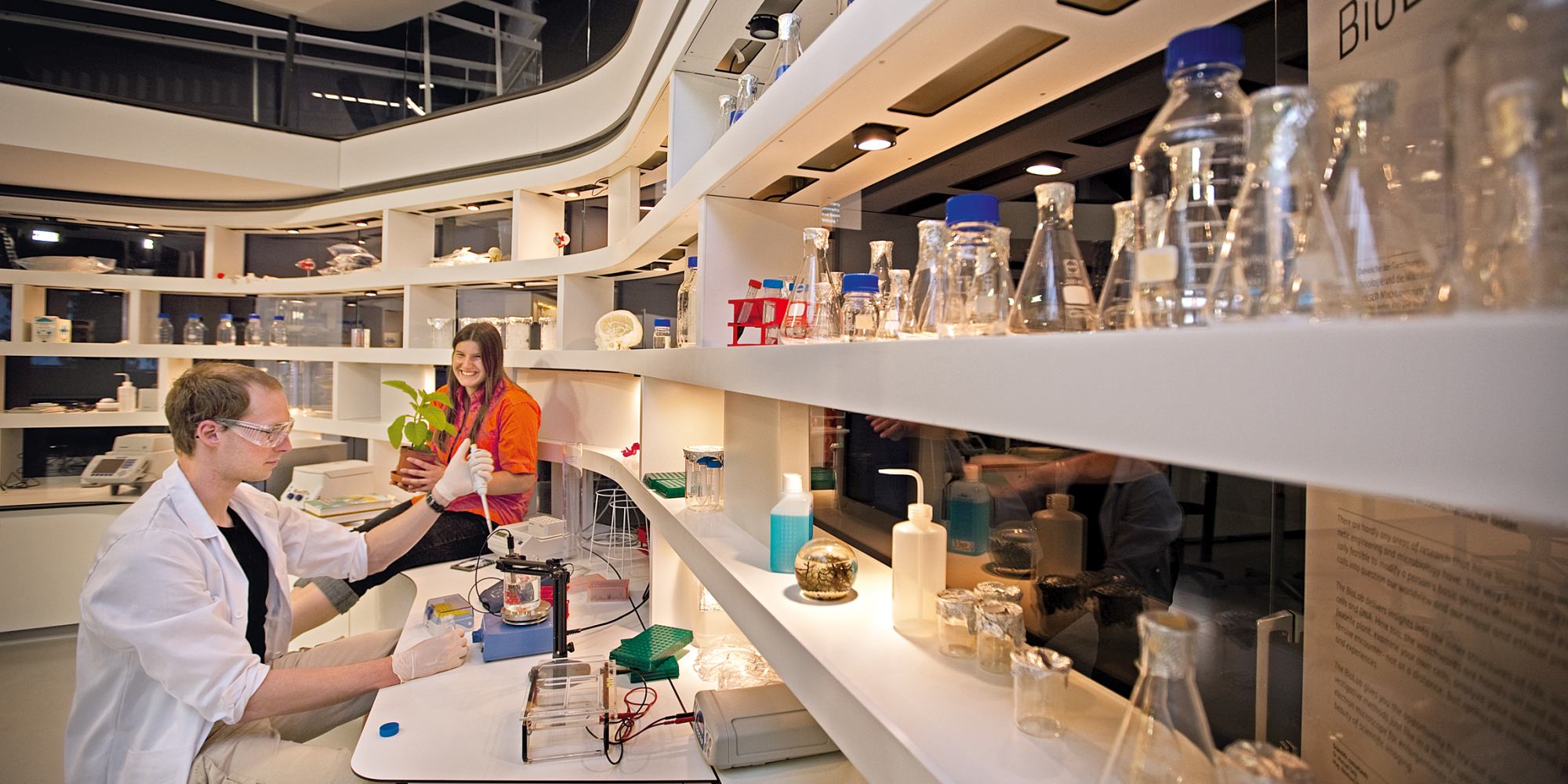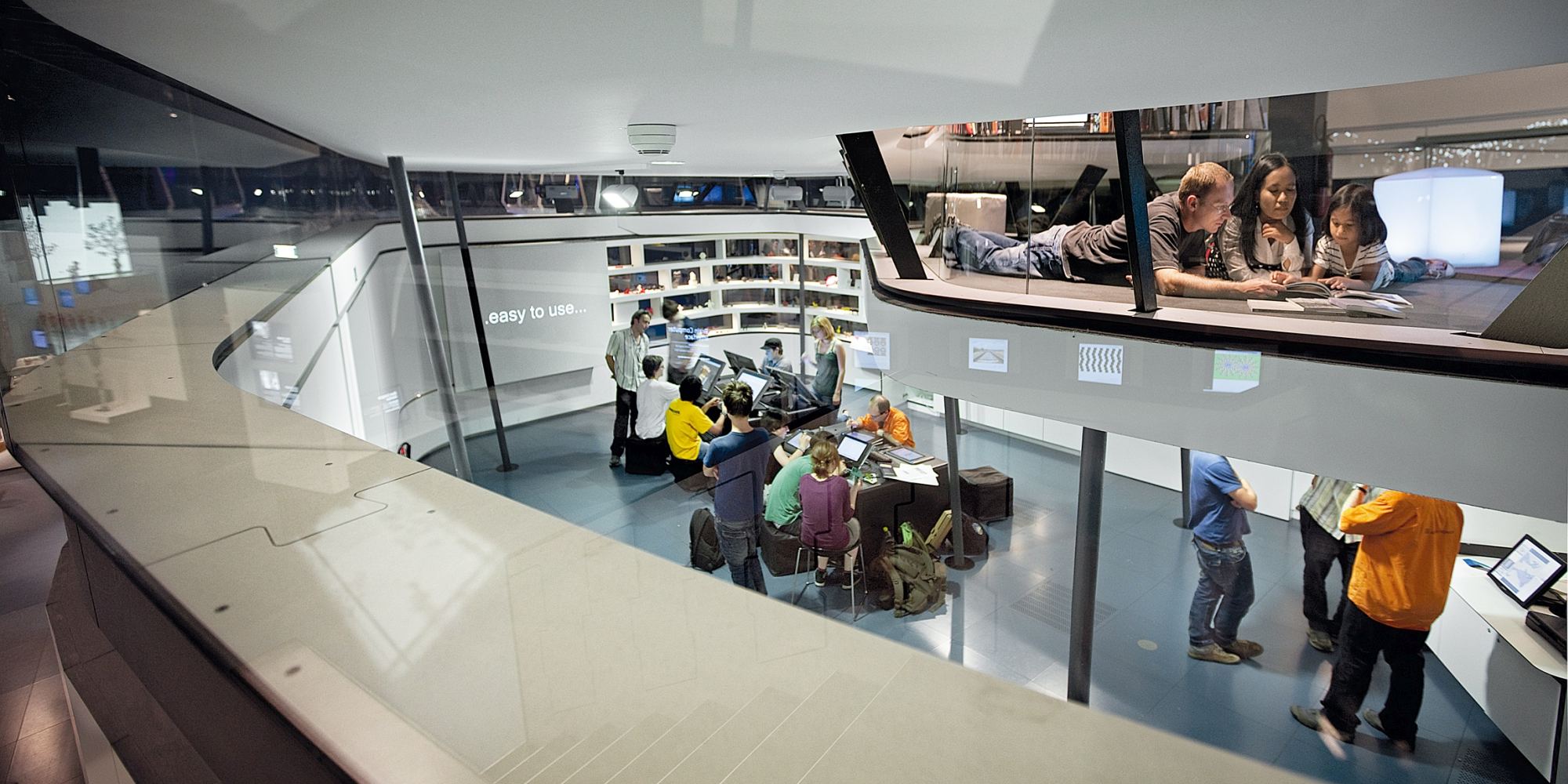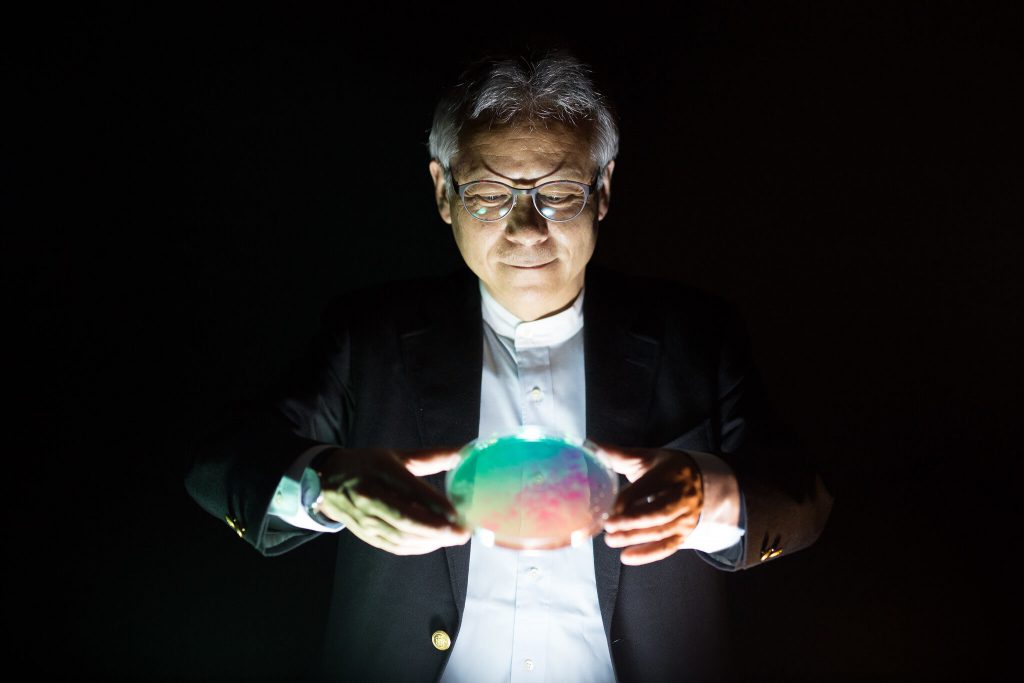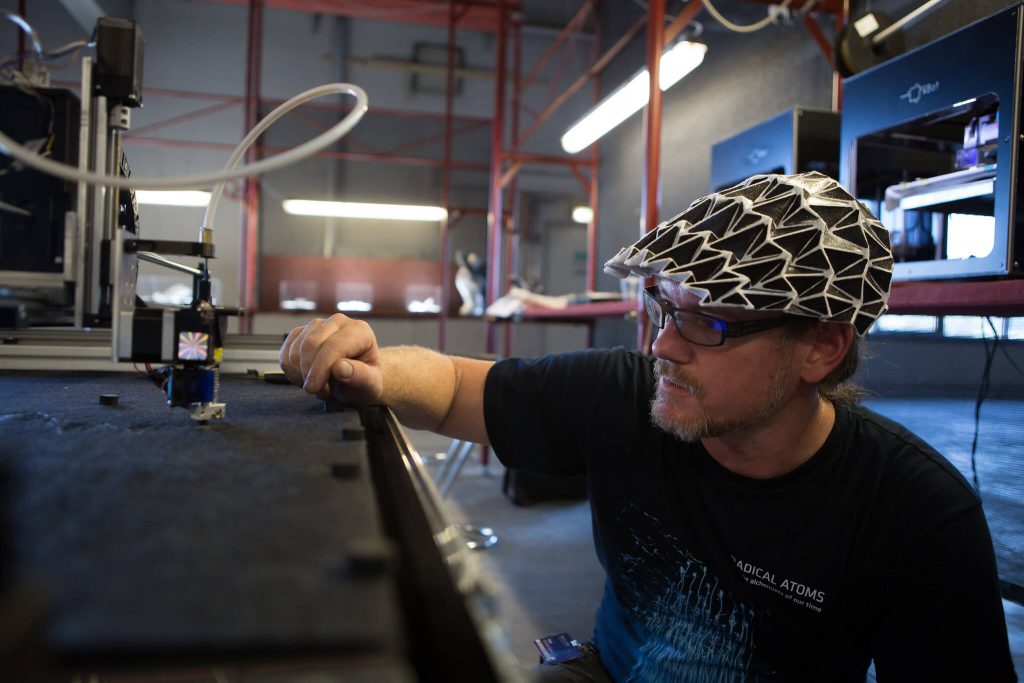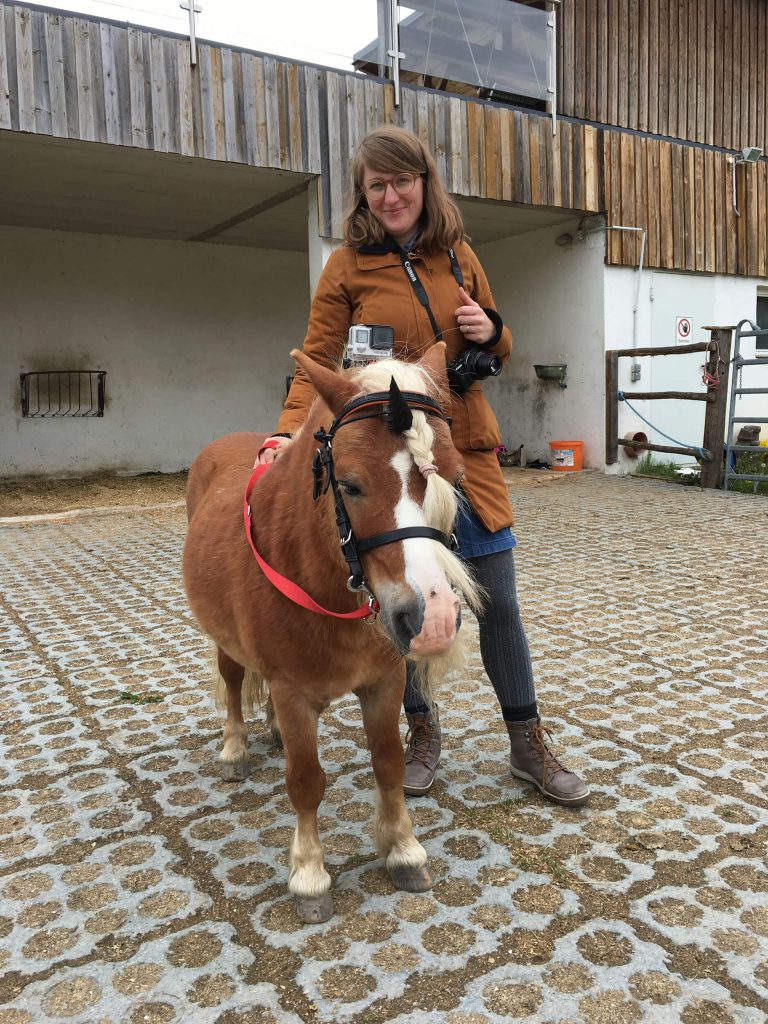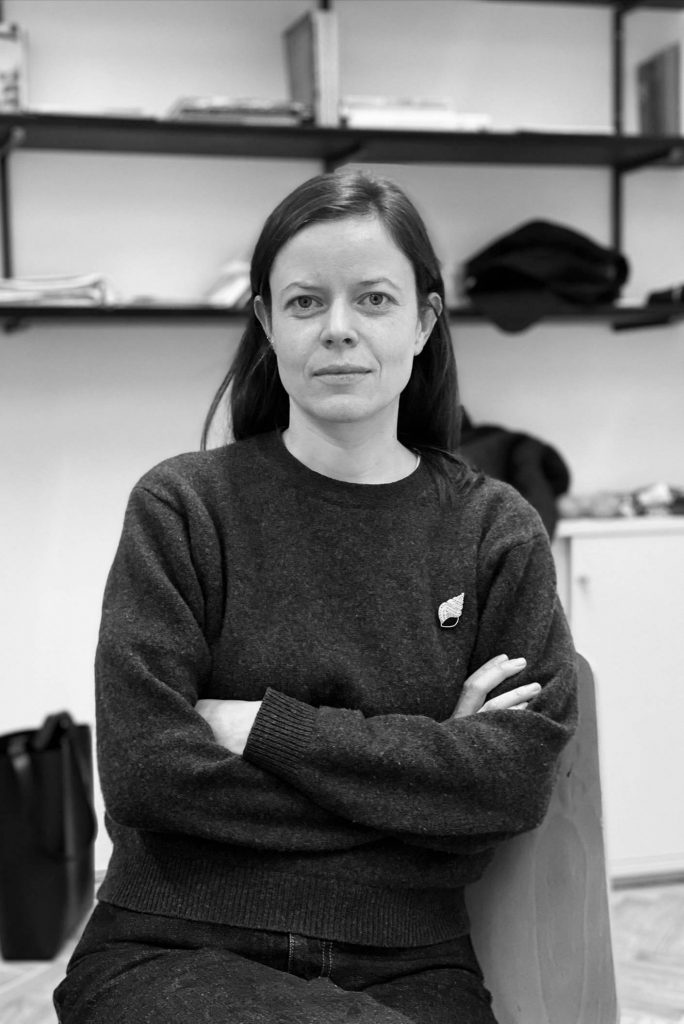Oribotics - [the future unfolds]
Oribotics is the artistically motivated synthesis of traditional Japanese paper-folding and state-of-the-art robotics. This Artistic-research project that seeks new foldable surfaces. In cooperation with the University of Linz’s Institute of Polymer Product Engineering, the Australian origami- and media artist Matthew Gardiner cultivated interactive flowerbeds. All 1,050 folds of a single Oribot blossom from the 2010 Ars Electronica Festival showcase were mechanically interlinked. As soon as one single fold of a blossom was activated, all the others went into motion too.
read more 